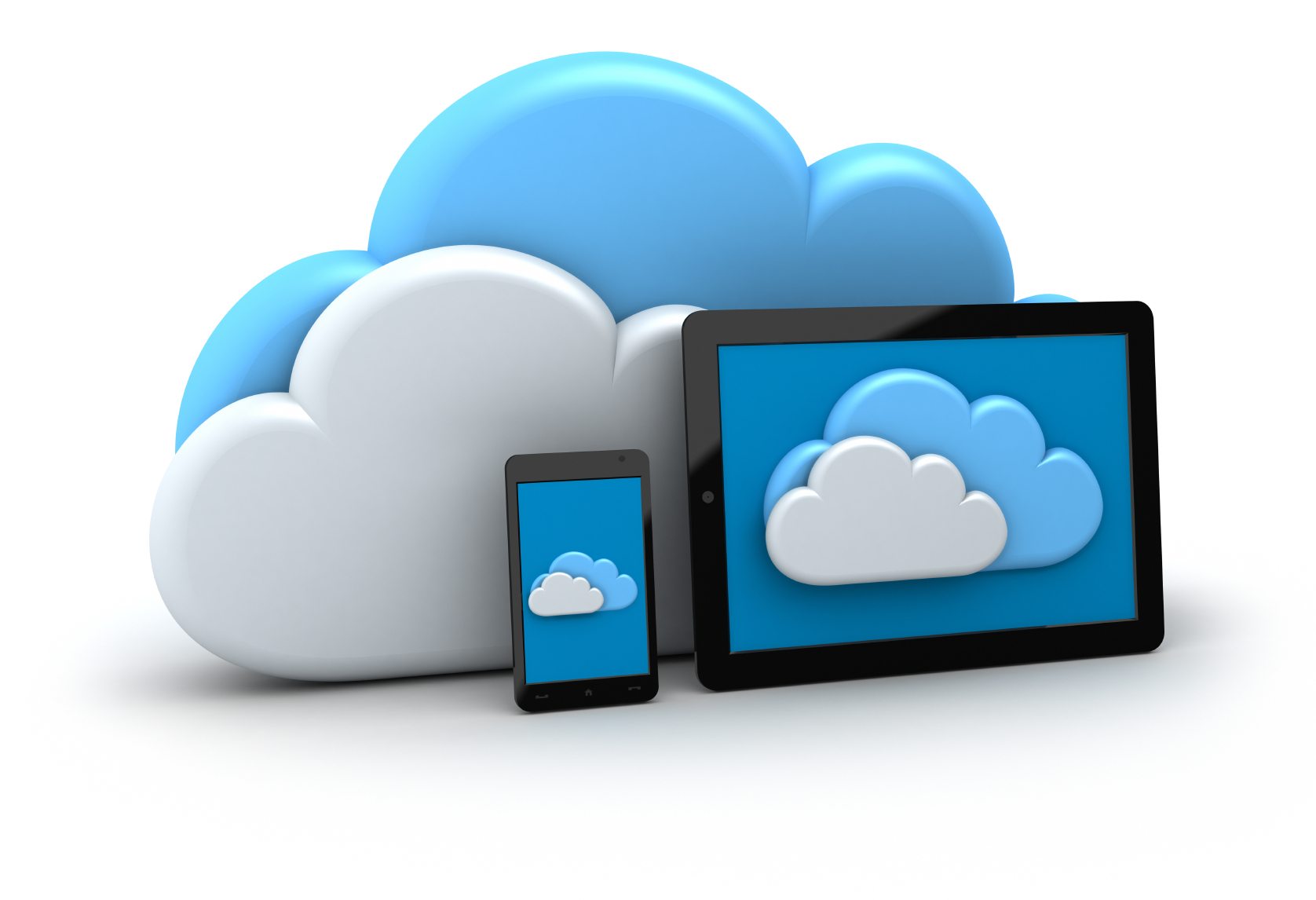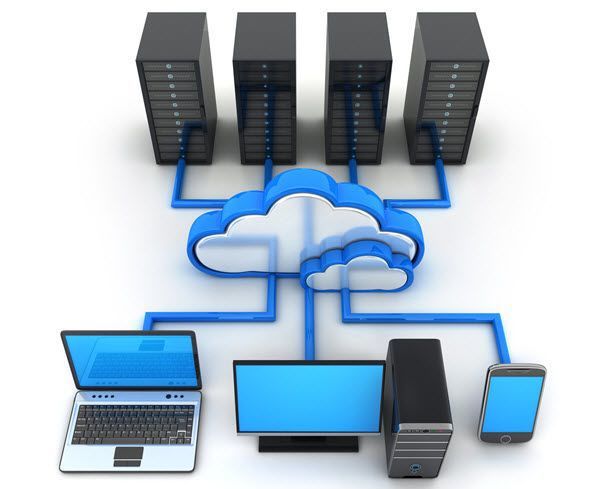For some, it’s a foregone conclusion that the mainframe is a platform of the past—long past its prime and with limited utility in today’s fast-paced, data-driven world. The majority of Fortune 500 companies would disagree, however, specifically the 71% of them who rely on mainframes to keep their business running. It’s easy to dismiss a system that’s as long in the tooth as the mainframe, which has served businesses since the 1940’s. However, with a few mainframe application modernization upgrades, the mainframe can still hold its own today despite the popularity and accessibility of cloud computing.

In essence, the mainframe and cloud computing both provide similar benefits, only in slightly different ways. Some companies use the cloud as the backbone of their business, but there are still a number of companies who want their data onsite. and in their control. The mainframe has been able to address this need, and it has adapted with each new wave of technology through the years. Mainframes may be referred to by many as dinosaurs, but they are far from being extinct.
The Mainframe Vs. The Cloud
Cloud computing is a technological revolution that disrupted the industry and allowed organizations to provide easy access to data practically anywhere. Couple that with the thrust of collaborative working environments and you have a powerful cloud-based infrastructure that will help keep your business running regardless of geography and time differences.
Mainframes, however, are preferred by enterprises because of their cost efficiency. Compared to a cloud-based system, mainframes handle large workloads more efficiently. Most enterprises also already have a mainframe network in place to run their business applications and shifting to the cloud is a complicated and costly process. It’s possible to run a private cloud environment using mainframes, however, since they tick all the boxes: huge amounts of memory, massive storage, and the power for workload virtualization.

One area the mainframe trumps the cloud is in computing power. When it comes to managing huge workloads, the mainframe is still king—and it can do so even over a set of distributed systems. The mainframe is also arguably the best in the management and scaling of vector processing. Enterprises prefer the mainframe because it is reliable, scalable, and predictable. These characteristics are what will keep the mainframe relevant in the coming years.
The uncanny similarities between the mainframe and the cloud make it possible to create a hybrid solution wherein the most frequently used data is kept on servers on site while keeping the rest of the data in the cloud. Essentially, the two platforms are two philosophies that offer similar benefits. The table below shows a side-by-side comparison of the benefits of each platform.
| Benefits of a Mainframe System | Benefits of a Cloud-based System |
| Provides a single infrastructure that delivers computing and storage resources whenever necessary | On-demand access to compute and storage resources that can scale virtually without limit. |
| Cost-effective because can last for decades compared to a commodity server that lasts only a few years | A more cost-efficient way to maintain infrastructure than relying on local commodity servers. |
| Provides software flexibility, e.g., mainframes can use various operating systems, including z/OS and Linux | Cloud systems can run your preferred host operating system; you can also use virtual servers |
| Provides simplicity, since there’s only a single machine to maintain | Provides simplicity because there are no physical servers to maintain; workloads are moved to the cloud |
The Hybrid Cloud
Ultimately, the decision on whether to stick to a mainframe or migrate to a cloud-based platform rests on the organization or business. A cloud-based system is important for businesses with workloads that run best in a cloud environment. For businesses that already have an existing mainframe system, modernizing it and its applications can provide the same benefits as that of a cloud-based system. You can also avoid the time-consuming process of migrating to a new system, plus all the costs that come along with it.

For those who want the best of both worlds, the solution might be just that: a combination of on-premise servers and private and third-party cloud services. Flexibility is the main benefit here, as allowing workloads to move between servers and private and public cloud systems provides more data deployment options and allows an organization to adjust accordingly as computing needs and costs evolve.
